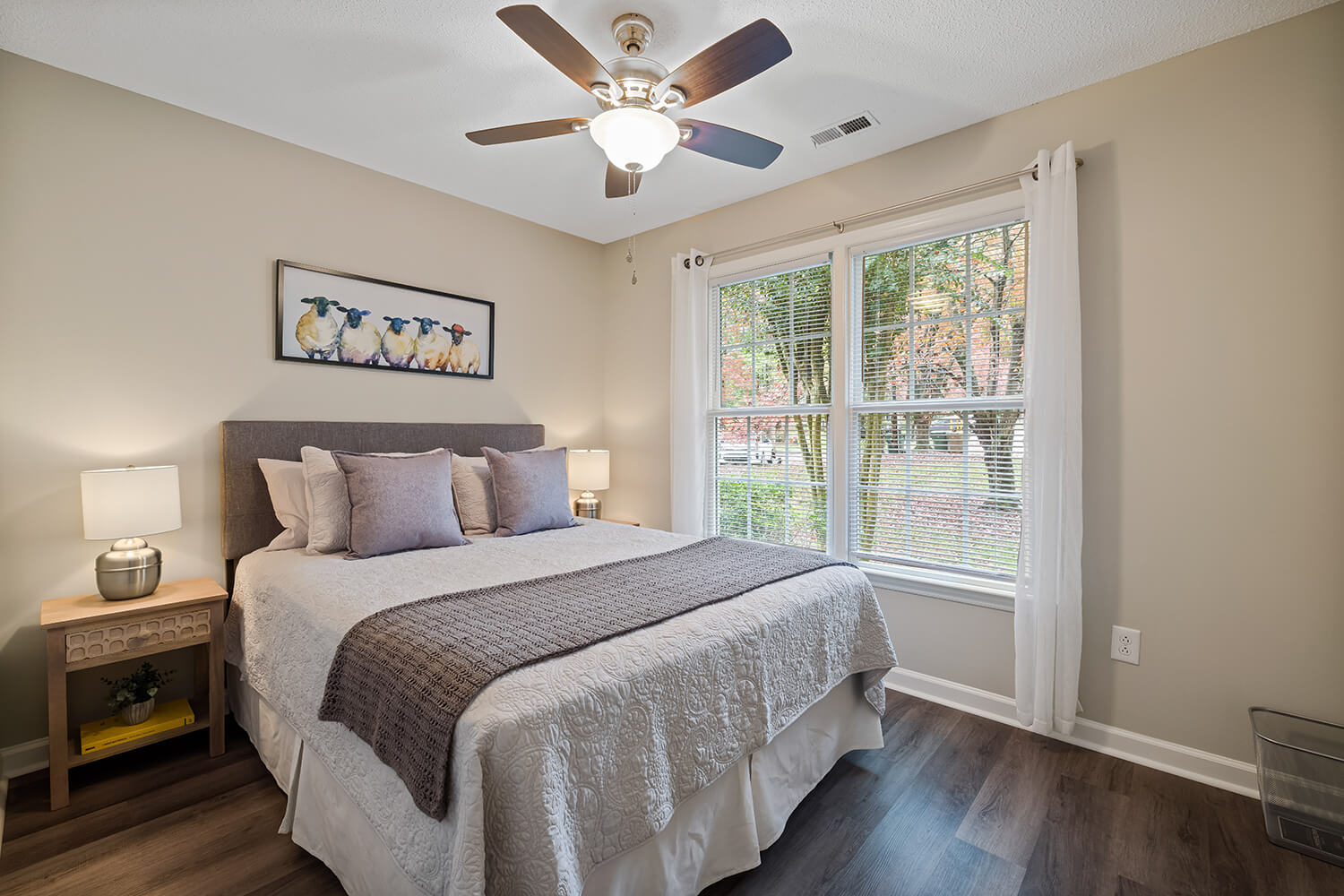What Makes Replacement Windows Energy Efficient

A traditional window allows 15% to 22% of your home's heat to escape through them. This increases your energy bill and has a negative impact on the environment.
Making their home more energy efficient and saving money on energy bills are two of the top three reasons people choose to replace their windows.
Replacing your windows with new high-efficiency windows can save you $2,400 a year on your energy bills and increase your home's energy efficiency by 7% to 15%.
Not only are energy-efficient replacement windows good for your wallet, but they help protect the environment.
Simply be replacing your windows, your carbon footprint is reduced by three-quarters of a tonne of greenhouse emissions each year.
Purchasing energy-efficient replacement windows costs approximately 10% to 15% more than a traditional window, but they reduce your home's energy loss by 30% to 50%. You pay more upfront, but you save money in the long run.
Now that you know replacement windows reduce your carbon footprint, let's discuss what makes them energy efficient.
Reduce Air Transfer
One of the defining features of an energy-efficient replacement window is they are double paned. Double paned windows have two panes of glass with a thin layer of separation between the two panes.
In comparison, a traditional window only has a single pane of glass, which makes it easier for air to escape your house.
Double paned windows help keep the cold outside air out of your house and keep the warmer inside temperatures inside. They help regulate your home's temperature and reduce the amount of air transfer between inside and outside.
The added insulation provided by double paned windows not only makes your home's temperature more enjoyable, but they reduce your home's energy usage by up to 18%.
Additionally, double paned windows can reduce your energy bill by up to 30%, and many states have an environmental tax credit that helps offset the price of installing replacement windows.
A Stronger Seal
An improperly sealed window can increase your energy bill by 40%. If you notice drafts in your house, it is a sign that your windows are improperly sealed.
Traditional windows have a thin profile, and it is extremely difficult and almost impossible to reseal them properly.
A properly installed replacement window will be airtight and won't let any drafts into your home.
Replacement windows have weather stripping that increases their energy efficiency. Weather stripping is a narrow piece of rubber, vinyl, or metal that seals the contact area between the fixed and moving parts of the door.
It eliminates the gaps in your windows when they are closed and prevents air from escaping or entering your home.
Energy-Efficient Frame
The material used in your window frame has an impact on how energy efficient your window is.
There are four different window frame materials you can choose from:
- Wood
- Aluminum/Metal
- Composite
- Vinyl
Each material has its pros and cons, and it is important to consider how energy efficient the frame material is when choosing your replacement windows.
Wood frames are 1,800 times more energy efficient than metal frames, but they are also the most expensive. They rot over time and require a lot of work to maintain.
Aluminum and metal frames are inexpensive and don't require any maintenance. The downside of aluminum and metal frames is they conduct heat, and you need to add insulating stripping for them to provide as much insulation as other materials.
Composite frames are one of the most popular choices for eco-conscious people wanting to replace their windows. They are just as strong as wood frames but don't rot and are easy to maintain. Unfortunately, they are almost as expensive as wood frames, so not everybody can afford them.
Vinyl frames are the most cost effective, durable, and energy efficient options on the market. In fact, they are four times as energy efficient as wood frames.
They have low thermal transfer, don't rot, and are low maintenance. They are also recyclable, which makes them even more attractive to eco-conscious homeowners.
The only downside to vinyl frames is their appearance. Many homeowners think vinyl window frames are unattractive. Fortunately, new designs and options are being produced, and vinyl window frames are becoming more attractive.
Conclusion
Installing energy-efficient replacement windows is one of the easiest and quickest ways you can reduce your home's carbon footprint.
In addition to making your home more environmentally friendly, replacement windows make your home more comfortable. It is easier to regulate your home's temperature and make it more comfortable year-round.